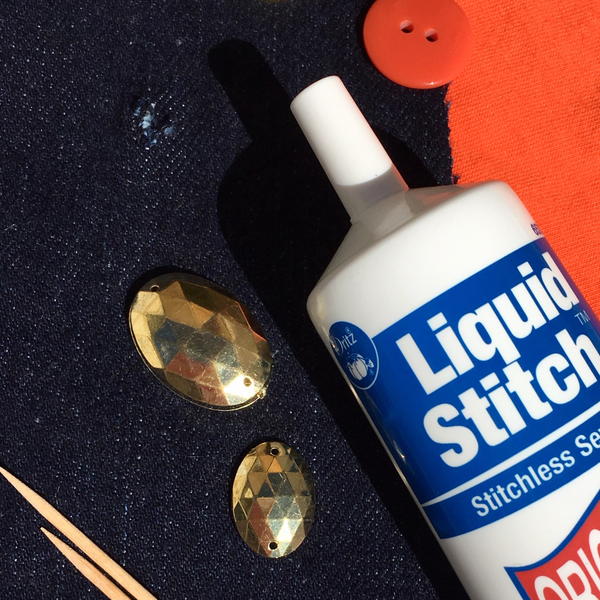
Gear pumps can be engineered to handle aggressive liquids. Since output is directly proportional to rotational speed, gear pumps are commonly used for metering and blending operations. Internal gear pumps have better suction capabilities and are suited to high viscosity fluids, although they have a useful operating range from 1cP to over 1,000,000cP. Of the two designs, external gear pumps are capable of sustaining higher pressures (up to 3000 psi) and flow rates because of the more rigid shaft support and closer tolerances. Gear pumps are particularly suited for pumping oils and other high viscosity fluids.

They are unable to match the pressure generated by reciprocating pumps or the flow rates of centrifugal pumps but offer higher pressures and throughputs than vane or lobe pumps. Gear pumps are compact and simple with a limited number of moving parts. What are the main features and benefits of a gear pump? Internal gear pump designs only use spur gears. Liquid flows into the cavities and is trapped by the gear teeth as the gears continue to rotate against the pump casing and partition. A fixed crescent-shaped partition or spacer fills the void created by the off-centre mounting position of the idler and acts as a seal between the inlet and outlet ports.Īs the gears come out of mesh on the inlet side of the pump, they create an expanded volume. A pinion and bushing attached to the pump casing holds the idler in position. This is designed to interlock with the rotor such that the gear teeth engage at one point. Within this is a smaller external gear (the idler – only the rotor is driven) mounted off-centre. it has the teeth projecting on the inside. The larger gear (the rotor) is an internal gear i.e. Internal gear pumpĪn internal gear pump operates on the same principle but the two interlocking gears are of different sizes with one rotating inside the other. Close tolerances between the gears and the casing allow the pump to develop suction at the inlet and prevent fluid from leaking back from the discharge side (although leakage is more likely with low viscosity liquids).Įxternal gear pump designs can utilise spur, helical or herringbone gears. No fluid is transferred back through the centre, between the gears, because they are interlocked. The trapped fluid is moved from the inlet, to the discharge, around the casing.Īs the teeth of the gears become interlocked on the discharge side of the pump, the volume is reduced and the fluid is forced out under pressure.

Liquid flows into the cavities and is trapped by the gear teeth as the gears continue to rotate against the pump casing.

The shafts are supported by bearings on each side of the casing.Īs the gears come out of mesh on the inlet side of the pump, they create an expanded volume. In some cases, both shafts may be driven by motors. Generally, one gear is driven by a motor and this drives the other gear (the idler). External Gear PumpĪn external gear pump consists of two identical, interlocking gears supported by separate shafts. There are two basic designs of gear pump: external and internal (Figure 1). Fluid, drawn into the pump, is enclosed within the cavities of its rotating gears and transferred to the discharge. The rotating element develops a liquid seal with the pump casing and creates suction at the pump inlet. Gear pumps use the actions of rotating cogs or gears to transfer fluids. It delivers a smooth pulse-free flow proportional to the rotational speed of its gears. It moves a fluid by repeatedly enclosing a fixed volume using interlocking cogs or gears, transferring it mechanically using a cyclic pumping action. Useful information on Gear Pumps What is a gear pump?Ī gear pump is a type of positive displacement (PD) pump.


 0 kommentar(er)
0 kommentar(er)
